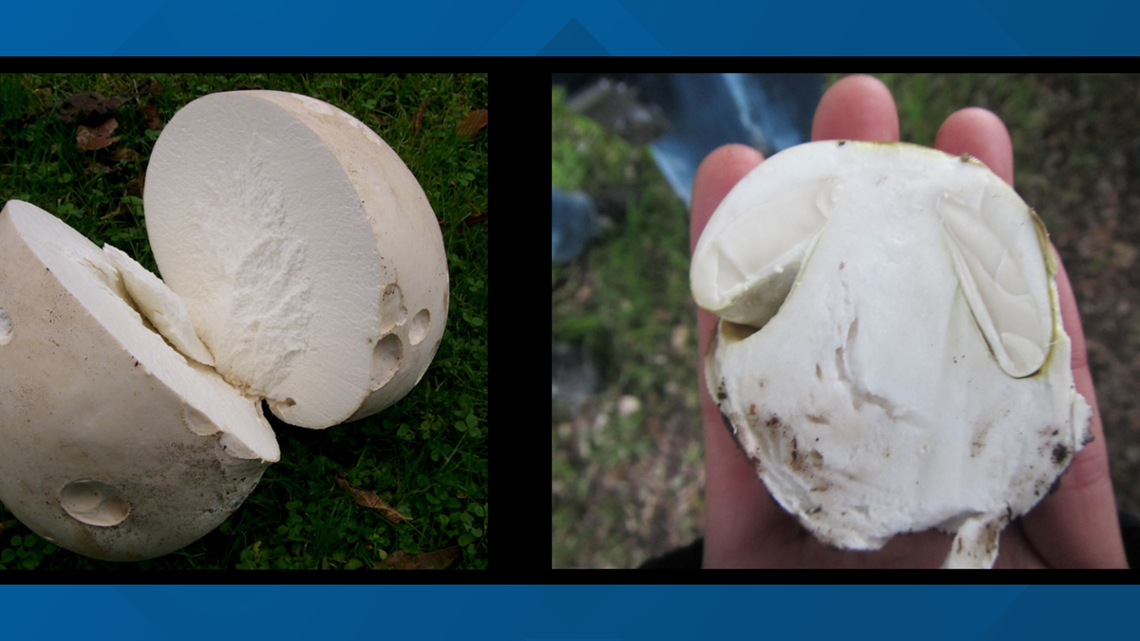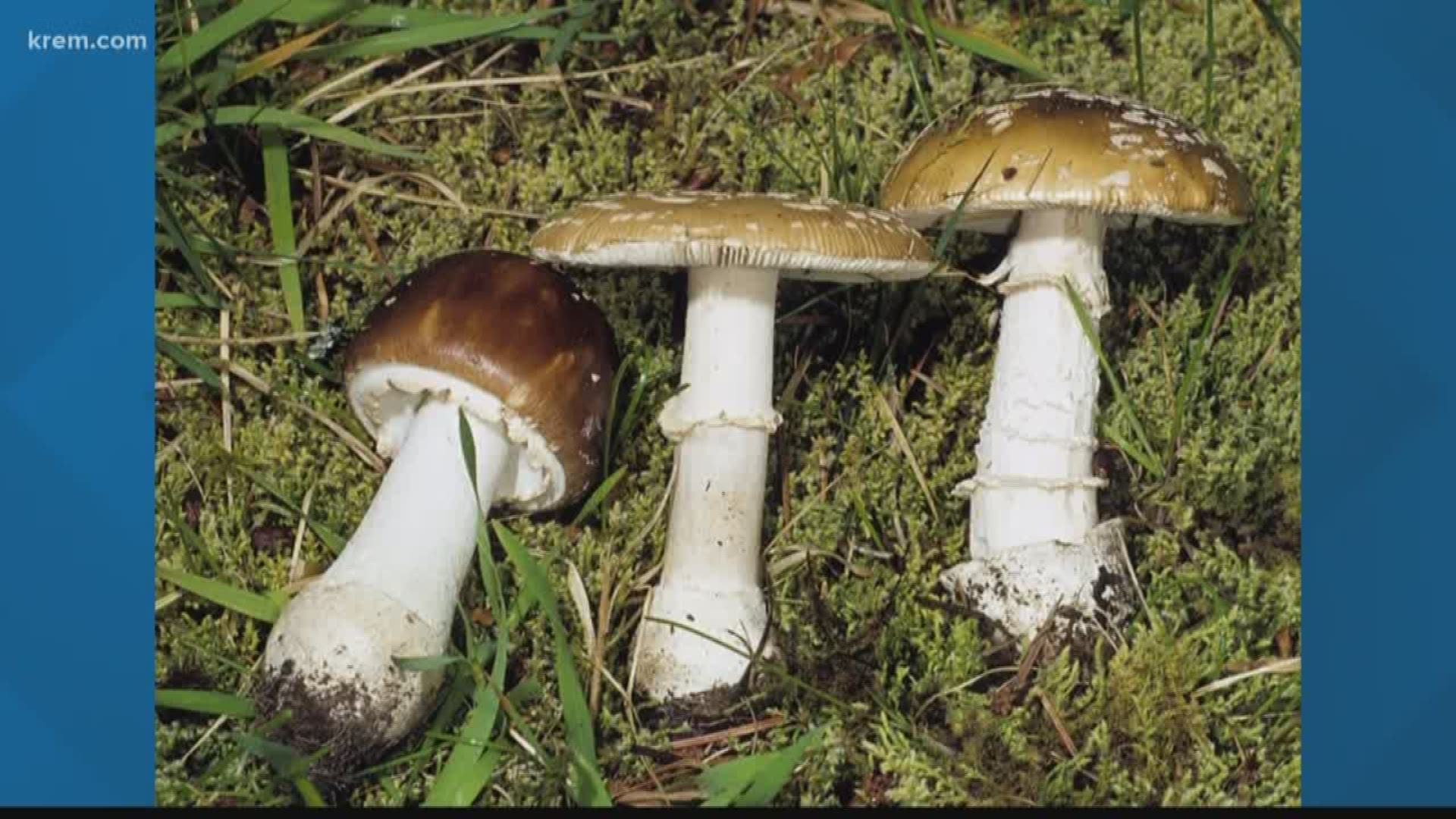IDAHO, USA — Following reports of a North Idaho man who was hospitalized after potentially eating a poisonous mushroom, local experts are urging caution to anyone who may take up the increasingly popular hobby.
According to Tim Gerlitz, an educator with the North Idaho Mushroom Club, club members received reports within the last week that a North Idaho man experienced nausea and diarrhea and became hyper-excited after potentially eating a mushroom he misidentified.
"He may have been experiencing hallucinations," Gerlitz said, adding that it was believed the man was hunting for mushrooms in the Coeur d'Alene or Sandpoint areas.
Gerlitz said the club was assuming the unidentified man had since been discharged from the hospital and was doing OK.
A spokesperson with Kootenai Health said that, without a patient name, the hospital was unable to provide any information as to if the man was possibly taken there. Additionally, the Panhandle Health District said it didn't have any information relating to recent mushroom poisonings.
Bonner General Health has not returned a message asking if the hospital and seen any recent mushroom poisoning cases.
Gerlitz said that the club had also received recent reports of a child who had ingested what was believed to be a different type of poisonous mushroom.
Regardless of the validity of the rumblings surrounding the poisonings, Gerlitz explained that dangerous mushrooms exist in North Idaho and can be found in popular areas.
"It's not unusual to come across these mushrooms while you're hunting or your favorite edible," said Gerlitz, who has hunted mushrooms in Idaho for three decades.
When not educating mushroom club members, Gerlitz also works as the director of North Idaho College's Disability Support Services program.
The reports come during the popular season for morel mushroom hunting in North Idaho. Black morel mushrooms in particular are often prized by chefs for their unique flavor and availability. According to Gerlitz, wild morels only appear in the Inland Northwest for a brief period spanning a few weeks each spring.
Gerlitz said that mushroom hunting has become an increasingly popular activity in North Idaho. The group's Facebook page currently has over 6,600 online followers.
"Mushrooms are taking off. We're kind of joining the rest of the countries on planet earth that are really interested in this hobby," he said, noting that mushroom hunting provides exercise in addition to the occasionally edible fungi. In the wake of COVID-19, Gerlitz agreed that the hobby could have increasing appeal to people looking for a new outdoor activity.
But with increased popularity comes the potential for more encounters with dangerous mushrooms, he said.
"But with this surge of interest, we have a lot of people going out into the forests who have minimal information and knowledge about mushrooms," Gerlitz explained.
In the case of the man who was reportedly hospitalized, Gerlitz believes the man mistook an "amanita egg" mushroom for a puffball mushroom. Gerlitz said that the amanita species are often deadly and can be potentially poisonous. The mushroom in its early stages can resemble that of an edible "puffball" mushroom, he said.


"So it's a pretty serious group of mushrooms, and we do have several species growing in North Idaho," said Gerlitz of the amanita variety.
Gerlitz strongly encouraged new mushroom hunters to educate themselves regarding different varieties of local mushrooms and the differences between edible and toxic varieties. He also encouraged people to have field guides with them when hunting.
Anyone interested in learning more about mushroom hunting and distinguishing types of mushrooms from an educational standpoint is welcome to contact the North Idaho Mushroom Club via their Facebook page or email at nimushroomclub@gmail.com.

